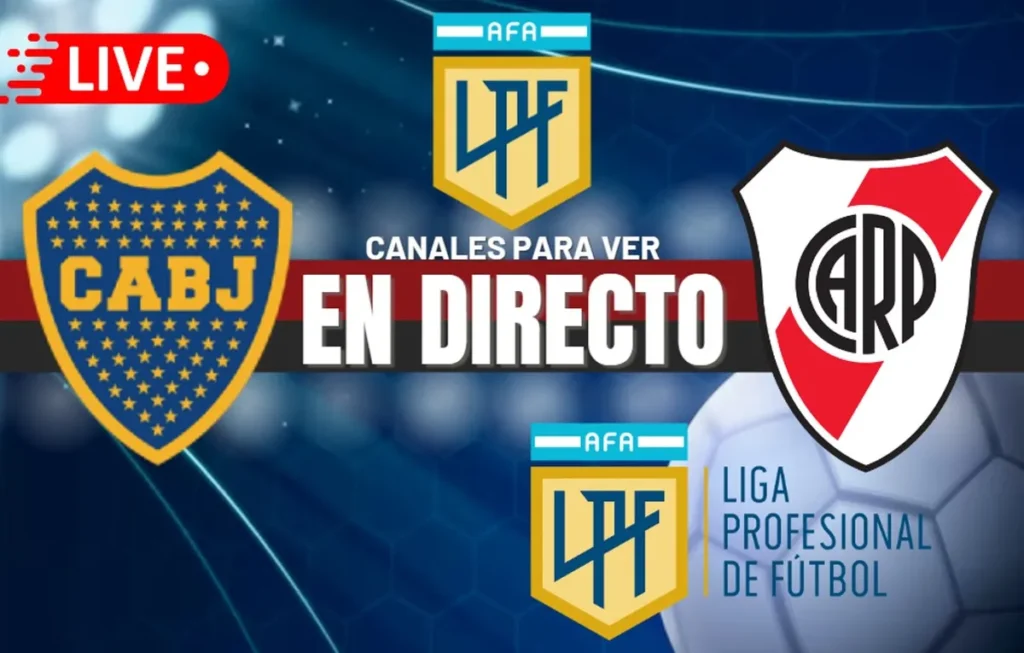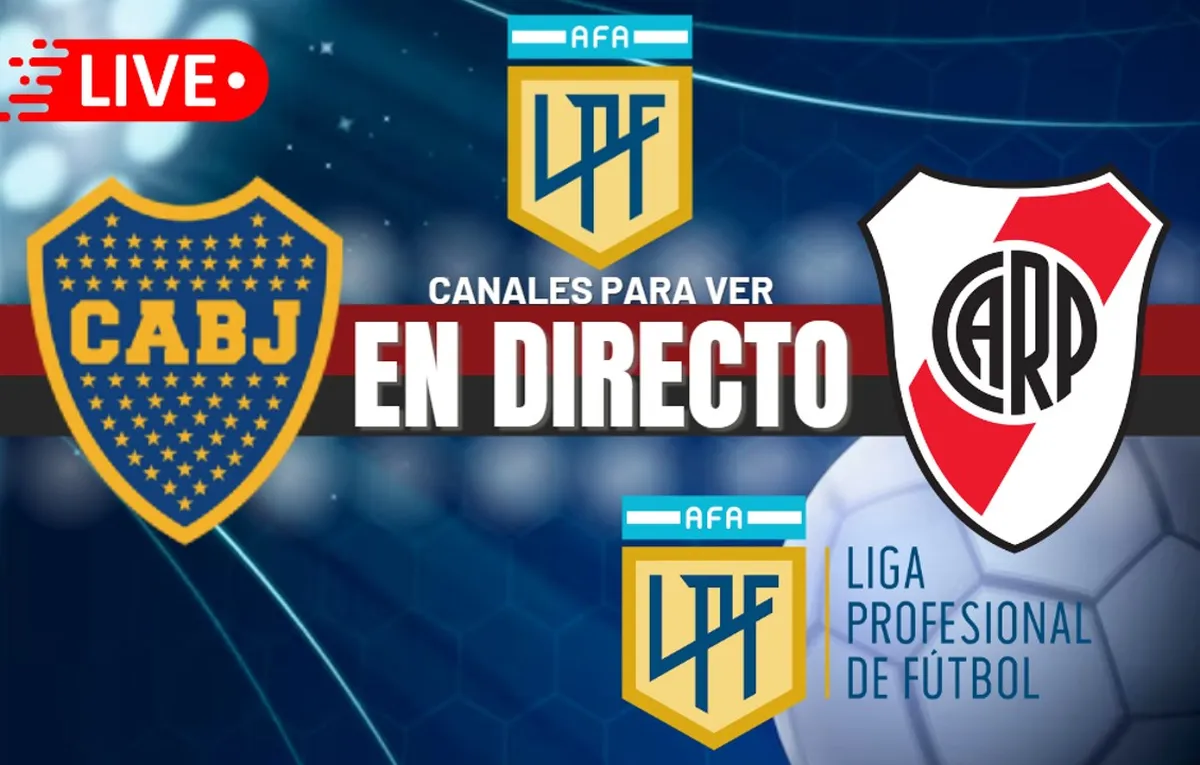
Boca Juniors vs. River Plate: A Timeless Football Rivalry
The rivalry between Boca Juniors and River Plate, often referred to as the ‘Superclásico,’ is arguably the most intense and passionate football rivalry in the world. This transcends a simple game; it’s a clash of cultures, social classes, and deeply ingrained identities that has captivated generations. The history, the atmosphere, and the sheer emotion surrounding these matches make them a spectacle unlike any other.
A Brief History of the Superclásico
Both Boca Juniors and River Plate were born in the La Boca neighborhood of Buenos Aires in the early 20th century. River Plate was founded in 1901, followed by Boca Juniors in 1905. Initially, a friendly rivalry existed, but as River Plate moved to the more affluent Núñez neighborhood and adopted the nickname ‘Los Millonarios’ (The Millionaires), a social divide began to form. Boca Juniors, remaining in the working-class La Boca, became associated with the ‘people’s team.’
This socio-economic contrast fueled the rivalry, transforming it into the intense battle we know today. The first official match between Boca Juniors and River Plate was played in 1913, marking the beginning of a century-long saga filled with unforgettable moments, controversial decisions, and unwavering passion.
The Passionate Atmosphere
Attending a Boca Juniors vs. River Plate match is an experience that words can hardly describe. La Bombonera, Boca Juniors‘ stadium, is renowned for its intimidating atmosphere, with its steep stands and fervent supporters creating a cauldron of noise and color. The ground literally shakes as fans jump and chant throughout the game. Similarly, El Monumental, River Plate‘s stadium, boasts a vast capacity and a vibrant atmosphere, with their supporters known for their elaborate displays and unwavering support.
The passion extends far beyond the stadiums. In the days leading up to the Superclásico, Buenos Aires is abuzz with anticipation. Streets are decorated with team colors, and conversations revolve around the upcoming match. On game day, the city grinds to a halt as fans make their way to the stadiums, creating a sea of blue and gold (Boca Juniors) and red and white (River Plate).
Key Moments in Superclásico History
The history of the Superclásico is filled with iconic moments. Here are just a few:
- 1976 Championship Final: Boca Juniors defeated River Plate 1-0 in a tense final to win the Argentine championship.
- 1986 Copa Libertadores Final: River Plate triumphed over Boca Juniors in the final, claiming their second Copa Libertadores title. This victory was particularly sweet for River Plate fans as it came against their arch-rivals.
- 2018 Copa Libertadores Final: Perhaps the most dramatic Superclásico of all time. Due to fan violence, the second leg was moved to Madrid, Spain. River Plate won 3-1 after extra time, securing the title in a controversial and unforgettable match. [See also: Copa Libertadores Finals: A History of South American Glory]
- Numerous league encounters: Countless league matches have provided moments of brilliance, drama, and controversy, contributing to the rich tapestry of the Superclásico.
The Impact Beyond Football
The Boca Juniors vs. River Plate rivalry has a profound impact beyond the football pitch. It influences Argentine culture, society, and even politics. The teams represent different social classes and ideologies, and the Superclásico serves as a symbolic battleground for these contrasting identities.
The rivalry also generates significant economic activity. The matches attract huge crowds, both domestic and international, boosting tourism and local businesses. Merchandise sales are also a major source of revenue for both clubs. However, the intensity of the rivalry can also lead to violence and social unrest, highlighting the complex and multifaceted nature of this cultural phenomenon.
The Players Who Defined the Rivalry
Many legendary players have graced the Superclásico, etching their names into the history books. For Boca Juniors, Diego Maradona is perhaps the most iconic figure, having played for the club in the early 1980s. Other notable Boca Juniors players include Juan Román Riquelme and Carlos Tevez.
For River Plate, Enzo Francescoli is a revered figure, known for his elegant style and goal-scoring prowess. Other legendary River Plate players include Ariel Ortega and Marcelo Gallardo, who later became a highly successful coach for the club. These players have all contributed to the legacy of the Superclásico, providing moments of magic and inspiration for their respective fans.
The Future of the Superclásico
The Boca Juniors vs. River Plate rivalry shows no signs of diminishing. The passion, the intensity, and the cultural significance of these matches ensure that the Superclásico will continue to captivate audiences for generations to come. While both clubs face challenges in terms of financial stability and player development, their rivalry remains a constant source of pride and identity for their supporters.
The future of the Superclásico will likely be shaped by factors such as globalization, technological advancements, and changing social dynamics. However, the core values of passion, tradition, and fierce competition will undoubtedly remain at the heart of this timeless rivalry. [See also: The Evolution of Football Rivalries in the 21st Century]
The Global Appeal of the Superclásico
The appeal of the Boca Juniors and River Plate Superclásico extends far beyond Argentina. Football fans around the world are drawn to the intensity, passion, and drama of these matches. The global media coverage of the Superclásico has helped to elevate its status as one of the world’s greatest sporting events.
Many international players have also experienced the Superclásico firsthand, further contributing to its global appeal. The opportunity to play in such a high-stakes and emotionally charged environment is a major draw for players from around the world. The Superclásico serves as a showcase for Argentine football and a testament to the enduring power of rivalry in sport. The Boca Juniors and River Plate match is more than just a game; it’s a cultural phenomenon.
Analyzing the Tactical Battles
Beyond the passion and atmosphere, the Superclásico is also a fascinating tactical battle. Coaches often spend weeks preparing for these matches, meticulously analyzing their opponents’ strengths and weaknesses. The tactical approaches can vary greatly, depending on the managers’ philosophies and the players at their disposal.
Some coaches prefer a defensive approach, focusing on containing the opposition and hitting them on the counter-attack. Others opt for a more attacking style, aiming to dominate possession and create scoring opportunities. The tactical nuances of the Superclásico add another layer of intrigue to these already compelling matches. The strategies employed by Boca Juniors and River Plate can often dictate the outcome of the game.
The Superclásico and Argentine Identity
The Boca Juniors vs. River Plate Superclásico is deeply intertwined with Argentine national identity. The rivalry reflects the country’s social divisions, cultural values, and sporting passions. For many Argentines, supporting either Boca Juniors or River Plate is more than just a hobby; it’s a way of life.
The Superclásico serves as a unifying force, bringing people together from all walks of life to share in the excitement and drama of the match. It also provides a platform for expressing national pride and celebrating Argentine football. The Boca Juniors and River Plate rivalry is a powerful symbol of Argentine culture and a testament to the enduring power of sport. This rivalry between Boca Juniors and River Plate will continue to be a defining aspect of Argentinian culture. [See also: Football and National Identity: A Global Perspective]
